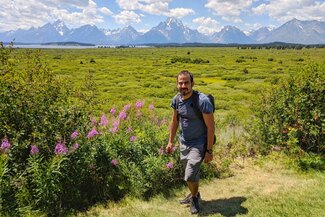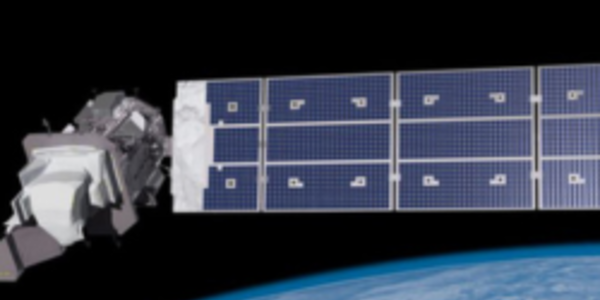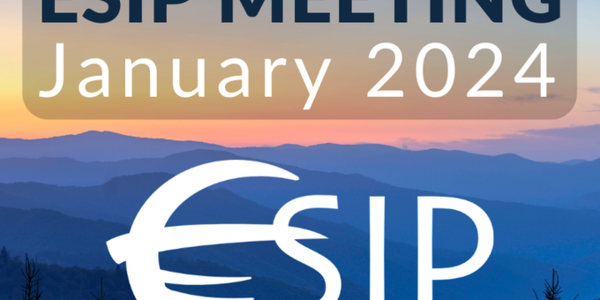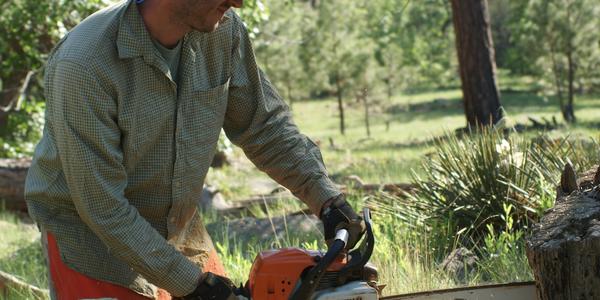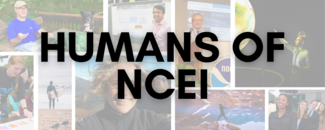
Here at NCEI, we aren’t just data—we are people. In our Humans of NCEI series, meet the awesome minds that manage one of the largest archives of atmospheric, coastal, geophysical, and oceanic research in the world. Get to know Nic Arcos, a physical scientist who manages historical natural hazards data, and the Tsunami/Coastal Hazards Lead in our Geophysical Sciences Branch.
What is your specific area of expertise?
Tsunamis. I’ve worked in tsunami preparedness, mitigation and warning but now I collect and verify historical tsunami source and wave height data.
What was your first job? How did it prepare you for your current position?
My first job, following my undergraduate degree, was at a local TV station. It gave me the income and time to take graduate courses on the side, and eventually to get into graduate school. Also, the private sector helped me learn how to work with tight deadlines.
How did you end up at NCEI?
I worked at the International Tsunami Information Center which relied on NCEI’s global historical tsunami database. So, I was very familiar with NCEI’s tsunami work and was lucky enough to hear about an opening at the University of Colorado-Boulder which would work at/with NCEI. This opportunity put me in a position to successfully apply for a Federal position at NCEI.
What does a usual workday look like for you?
I start the day by seeing if any tsunamis, damaging earthquakes or volcanic eruptions occurred the day before. I read publications on historical tsunamis and make sure we have the data referenced in NCEI’s historical hazards databases. For all new data, I review and quality control them.
What question are you asked most often when someone finds out what you do? How do you respond?
“What is the biggest tsunami?” is the most common question. The deadliest historical tsunami was the 26 December 2004 Indian Ocean earthquake and tsunami that resulted in over 227,000 deaths in 15 countries. Alternatively, the highest tsunami recorded in the database was generated by an earthquake-generated landslide in Lituya Bay, Alaska, on 10 July 1958. The tsunami cleared trees around the bay up to a maximum height of 1,720 feet.
What sort of training and education would one need for your job?
Earth sciences course work is critical. However, working with tsunami warning and response personnel is important, as they are users and collectors of our data.
What inspired you to pursue a career in your field?
I grew up in Honduras which was devastated by Hurricane Mitch in 1998. I knew I wanted to work in disaster preparedness or a closely related field.
What projects are you working on now? Are there any upcoming projects that you are excited about?
I just finished updating a poster summarizing tsunami effects in the Caribbean and Central America. I am about to compile statistics on tsunamis in the Southwest Pacific and the Caribbean to get an idea of how much information we have compared to other regions.
What is your favorite aspect of your job?
I love reading really old newspaper articles about earthquakes, volcanoes, and tsunamis.
What challenges have you had to deal with in your career?
Most people working in tsunamis have graduate degrees in disciplines like geophysics, seismology, or engineering. Degrees in anthropology and urban planning are not common, however, it has allowed me a unique perspective as well as a strong ability to work at the community-level.
Who are you outside of your career?
I am a father of two energetic and fun kids. Also, I am passionate about soccer and spicy fried chicken.
Is there anything else you would like people to know about you?
I managed to get a banana plant to fruit in dark and gloomy Seattle.

